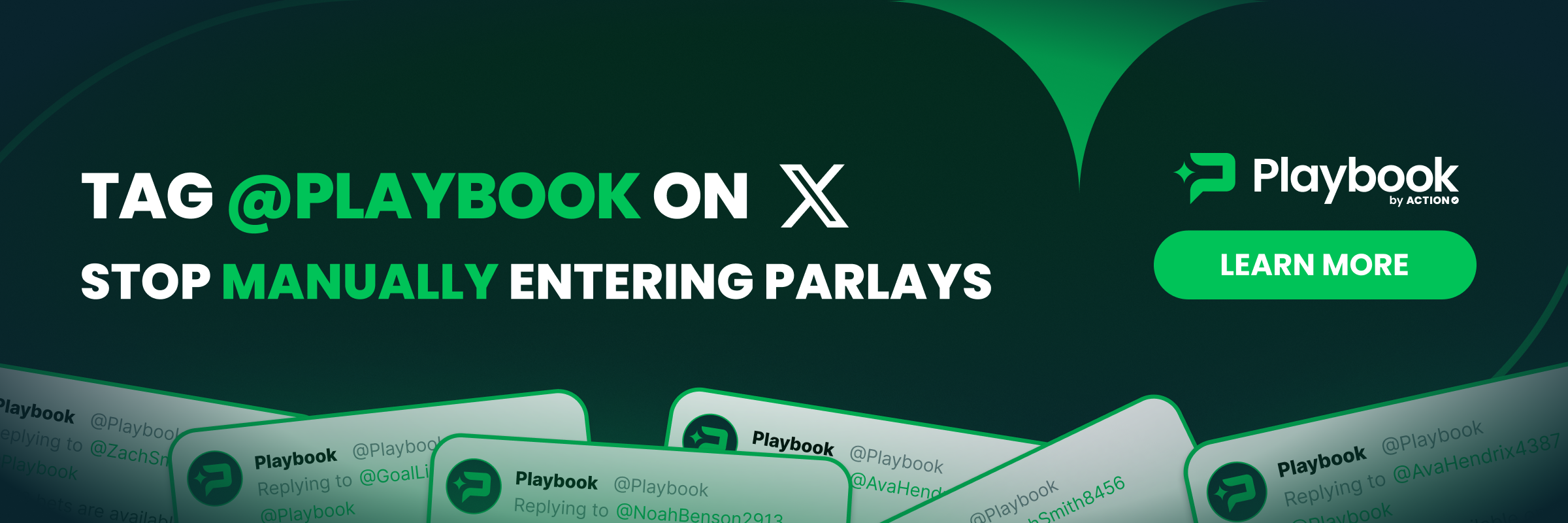NFL Projections
| SCHEDULED | OPEN | PRO LINE Projections Our model’s odds for each game, compared to the consensus odds. We recommend at least a Grade of B or a +3.5% Edge before considering a bet based solely on projections. | CONS. | GRADE | EDGE | BEST ODDS | BET % | MONEY % |
|---|---|---|---|---|---|---|---|---|
5:00 PM Bears CHI 265 Ravens BAL 266 | +7 -7 | +2 -2 | +2.5-110 -1.5-110 | 60%40% | ||||
5:00 PM Jets NYJ 261 Bengals CIN 262 | +7.5 -7.5 | +6.5 -6.5 | +6-105 -6-110 | 23%77% | ||||
5:00 PM Dolphins MIA 267 Falcons ATL 268 | +1.5 -1.5 | +7 -7 | +7-105 -7-113 | 24%76% | ||||
5:00 PM Browns CLE 273 Patriots NE 274 | +5.5 -5.5 | +7 -7 | +7-110 -7-105 | 34%66% | ||||
5:00 PM 49ers SF 263 Texans HOU 264 | -1.5 +1.5 | +2 -2 | +2.5-110 -1.5-110 | 87%13% | ||||
5:00 PM Giants NYG 271 Eagles PHI 272 | +10.5 -10.5 | +7.5 -7.5 | +7.5-108 -7.5+100 | 49%51% | ||||
5:00 PM Bills BUF 269 Panthers CAR 270 | -7 +7 | -7 +7 | -7.5-102 +7-102 | 77%23% | ||||
8:05 PM Buccaneers TB 275 Saints NO 276 | -5.5 +5.5 | -4.5 +4.5 | -3.5-110 +4-109 | 71%29% | ||||
8:25 PM Cowboys DAL 279 Broncos DEN 280 | +5.5 -5.5 | +3.5 -3.5 | +3.5-115 -3.5+105 | 83%17% | ||||
8:25 PM Titans TEN 277 Colts IND 278 | +3.5 -3.5 | +14.5 -14.5 | +14.5-105 -14.5-110 | 32%68% | ||||
12:20 AM Packers GB 281 Steelers PIT 282 | -2.5 +2.5 | -3 +3 | -3-102 +3-113 | 31%69% | ||||
12:15 AM Commanders WAS 283 Chiefs KC 284 | +3.5 -3.5 | +11.5 -11.5 | +11.5-102 -11.5-108 | 34%66% | ||||
+3.5 -3.5 | +3.5 -3.5 | +3.5-115 -3.5+100 | 56%44% |
A lot of factors are considered by expert NFL bettors, both in terms of on-field performance and the betting market. For example, many smart bettors are keenly aware of line movement and which sportsbooks post the best prices. But one of the most important factors is building out NFL projections that can be measured against lines in the market.
How NFL Projections Work
There are many ways to build NFL projections, be it with a statistical model, using the betting market as a guide, or something else. And even within a statistical model, NFL handicappers can vary in how they approach building it, focusing on team performance, player performance, or perhaps a hybrid blend of both.
At The Action Network, our NFL projections are projection blends of several of our key betting experts, including Sean Koerner, Chris Raybon, and Stuckey. How they approach their final numbers on a game might vary, but the blend of those projections work to create a better, composite number that is our best reflection of what to expect in a game.
We project the three big markets in NFL betting -- spreads, over/unders, and moneylines -- and do so for every game in each season. Within our PRO Report -- part of our PRO subscription -- we'll measure those projections against lines for every U.S. book, so you can easily spot edges and potential bets.
A lot of our experts rely on advanced statistics to build their models and get their numbers on games, and of course it's incredibly important when building NFL projections to be aware of news and injuries.
The most important position in the NFL is quarterback, and it's not unreasonable to see a line move 4-5 points or more if a star is suddenly ruled out on a Sunday morning. Other positions are less valuable to the spread, which might surprise a casual gambler. Notably, running backs -- even the very best ones that are popular in fantasy football -- rarely move betting lines if they're unable to play for whatever reason.
Using those advanced stats, along with a variety of other important factors like recent play, advantages for a team on offense/defense/special teams, player values, news, predicting home-field advantage and rest situations is how our experts land on the numbers you see above.
The Action Network's NFL Projections
Our NFL experts will provide consensus projections for every NFL game's spread, moneyline, and over/under. On this page you'll then find those projections compared to the market in two ways: 1) the edge, which is the percentage difference between a sportsbook's odds vs. our projections and 2) a letter grade based on that edge.
The two comparisons are correlated, so don't stress about which you use. We show the edge to be transparent for bettors, and some advanced bettors will bet based on the Kelly criterion, which adjusts bet sizes based on projected edge. But if you just want to quickly eye things, the "A" through "F" grades are based on those edge numbers and might be easier to understand for novice bettors. Both comparisons are color-coded with the highest edges and "A" grades given a green coloring while negative edges and "F" grades will have red markings.
Spread projections will be compared to the consensus line in the market, but of course, spread numbers will vary based on the book, so in reality, sometimes your edge can be higher if you find a good number.
If you're unfamiliar, spread bets are one of the most common wagers on the NFL: They're simply bets on the margin of victory. Say the Baltimore Ravens have a spread of -6.5 vs. the Arizona Cardinals. In that situation, a spread bet on the Ravens would cash if Baltimore won by a touchdown or more. A bet on the Cardinals at +6.5 would cash if the Cardinals won the game outright or merely lost by six or fewer points.
Note that key numbers are important in projecting an edge in the NFL. Key numbers are just numbers that a game is likelier to land on because of the scoring in football: A 2-0 game is much less likely to occur than a 7-0 game. That means the difference between 6.5 and 7 on the spread is much more important than the difference between 12.5 and 13. The way we grade our NFL projections vs. the consensus accounts for these key numbers.
Key numbers are also important for totals, or over/unders, which are bets on the combined point output in a game. For a new bettor, you'll see a total number posted at a sportsbook and you'll be able to bet the over or under. Say the Tennessee Titans vs. Philadelphia Eagles game has a total of 47 points: Bettors on the under would cash if the teams combined for 46 or fewer points; over bettors would win at 48 or more.
Key numbers are also important in totals betting because, again, scoring isn't by ones, twos, or threes like it is for, say, basketball. Since touchdowns are worth seven points apiece (assuming the extra point is made), total numbers in multiples of sevens and threes are more likely to occur.
You don't have to worry about key numbers in moneyline betting, which is a common wager type just on which team will win the game outright. Everything here depends on the likelihood of a team winning (the odds a book will post) vs. how likely our NFL projections say that team is to win.
It's easiest if you think about moneyline odds in terms of $10 or $100 increments. Say the Detroit Lions are +250 on the moneyline vs. the Chicago Bears, who are -290. If you bet $10 on the Lions and they won, you would receive $25 in profit. A bet on the Bears, who are favored, would require $29 bet to win $10 in the event of a victory.

